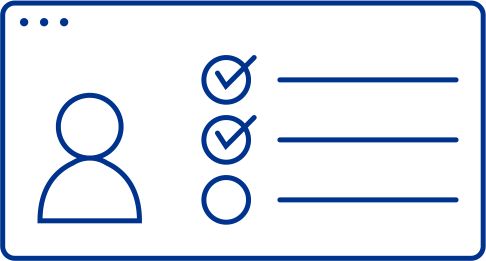Great retailers know that change is constant in the retail sector. As Australian retailers move past the challenges of 2024, there’s potential for optimism. KPMG’s Retail Health Index suggests that better times are coming in mid to late 2025, with the promise of interest rate cuts relieving cost of living pressures assisting consumer confidence to return, and a possible lift in consumer spending. Explore the anticipated shifts ahead in Inside Retail, Australian Retail Outlook 2025 Powered by KPMG.
Discover how customer experience has truly become a digital experience, reshaping the retail landscape, with most of Australian shoppers preferring omnichannel interactions and social commerce – especially among Gen Zs. Technology investments, particularly in AI, promise significant productivity gains, while new sustainability standards will push retailers to innovate and comply.
Download the report for key insights into customer behaviour, value perception, and the importance of seamless supply chains. Plus understand the new world of retail where everything retail is human and everything human is digital.
Download Australian Retail Outlook 2025

Australian Retail Outlook 2025
Thought leadership into what lies ahead for retail and how to respond. Powered by KPMG.
Download report (PDF 7.3MB)Global retail trends in Australia for 2025

Seamless commerce
Social commerce growth
Shopping via social media is rapidly growing creating new consumer engagement gateways
Omnichannel preference
Almost half of Australian shoppers prefer an omnichannel retail experience
Frictionless retail
Self-checkout and self-check in technology is driving in store experience

Customer behaviour
Online equals value
Most people expect online retailers to be priced lower than physical retailers
Omnichannel adaptability
Australian shoppers are adaptable and channel agnostic
Sustainability influence
Gen Z are more likely to support brands with sustainability commitments

The human side of technology
AI integration
Most retailers are embracing (or intend to embrace) generative AI
Instore transformation
Instore technology is advancing towards a truly frictionless experience
Technology investment
Success will hinge on data quality and integration
Five focus areas for Australian retailers
Learn more about five areas of focus that are shaping the retail industry in Australia.
1. What global retail trends could impact the Australian retail market in 2025?
Global data reveals the social commerce, technology and sustainability trends that could impact the Australian retail market.
Statistics also show Australian shoppers are more channel agnostic than in other parts of the world and are not prepared to pay more for a brand’s sustainability credentials.
Discover the trends impacting retail and why they matter in Decoding the global trends shaping the future of retail (PDF 7.3MB) >
2. How can retailers improve customer retention and value creation?
Traditional discounting strategies are losing their effectiveness as customers are influenced by online disruptors and becoming more value focused.
Rather than using discounting to drive sales, great brands invest in communicating clear product value propositions to maintain customer loyalty.
Learn what leading industry experts say about loyalty, seamless commerce and customer engagement in Five retail leaders on delivering value in a spending slump (PDF 7.3MB) >
3. What can Australian retailers do to increase performance?
Australian retailers can increase performance by optimising operations, leveraging their supply chains and investing in productivity enabling technology.
Consider regular tech stack reviews where optimisation can unlock productivity and cost efficiencies.
Find out how leading retail finance experts are responding to the new consumer paradigm in Inside the minds of four retail CFOs (PDF 7.3MB) >
4. Can retailers make supply chains a seamless experience?
Customer expectations of convenience, speed, and seamless channel integration have only risen. To meet this expectation, retailers’ supply chain capability must align across the value chain.
Going back to basics by right-sizing and streamlining processes, can improve supply chain effectiveness and efficiency.
Learn how supply chain experts are embracing a seamless supply chain environment in How COOs are pursuing a seamless supply chain (PDF 7.3MB) >
5. What impact does sustainability compliance have on retailers?
While customers care about sustainability, they don’t expect to pay for it – especially when times are tough. And, with sustainability reporting requirements now legislated, the playing field will level over the coming years.
Understand more about the strategies retail sustainability leaders are implementing in Ikea, Winning and Gelato Messina leaders talk sustainability (PDF 7.3MB) >
Australian Retail Outlook – all editions
Retail sector support: How KPMG can help
Growth starts here
We support Australian retailers in navigating the current business environment and to plan for what’s around the corner.
Our retail group offers audit, tax and advisory services geared to the unique needs of the retail industry. We help our clients deal with a range of issues including supply chain efficiencies, digital transformation, cybersecurity and trust, customer segmentation, customer experience design and more.
To discuss Australian retail sector trends in 2025 or how KPMG can help support Australian retailers, contact us.





